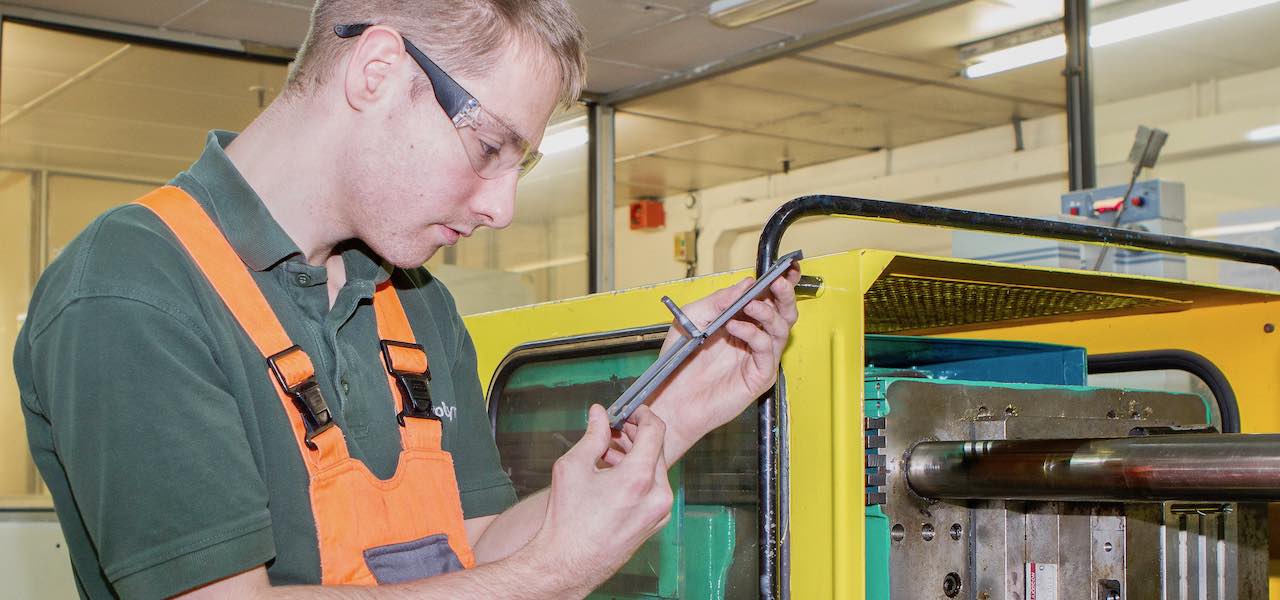Axion Polymers overcame a series of challenges to prove the concept of using its 100% recycled polymer in clients’ stormwater drainage products. Mark Keenan, Business Development Manager explains how we did it.
Water resource management has become more important in recent years as our changing climate delivers more unexpected rainfall events with the associated need to control localised flooding.
Worth an estimated £3 billion, this sector is growing and presents opportunities for cost-effective, yet sustainable products. As the market potential has developed, we have worked with a number of UK-based building and construction products manufacturers to demonstrate the commercial feasibility of replacing virgin polypropylene (PP) with 100% recycled polymer in water attenuation chambers.
These products are designed to retain flood water in underground chambers from where the excess water can drain away slowly or be stored and pumped out for future use in times of drought or irrigation purposes.
There is a range of shapes and sizes of water attenuation chambers. Some are multi part units and some are crates with lids. Our focus was to assess whether our recycled polymers, derived from end-of-life vehicle plastics, would work for the larger crates.
Project challenges
Over a 12-month period, there have been several challenges, which the team overcame successfully through extensive testing and trials using different polymer formulations.
Our high-quality 100% recycled Axpoly® plastics are mechanically separated at Axion Polymers’ Shredder Waste Advanced Processing Plant (SWAPP) in Manchester. They are further refined at our Salford polymer compounding site where well-equipped lab facilities enable us to carry out extensive tests and trials using different polymer blends.
While Axpoly recycled polypropylene has a consistent set of properties making it an excellent choice for certain applications, the standard grade had to be modified to meet the structural strength requirements for the water attenuation chambers.
As the crates are stacked on top of each other, they require a hefty load bearing capacity. Our first challenge was meeting the specifications for structural strength. It takes several trials and different modifications until we achieve the right formulation, making sure that the standard deviation is very low on the product batches, so that it successfully passes external tests for compression strength and consistency.
We have already sold 1500 tonnes of Axpoly® polymer that has so far produced thousands of water attenuation chambers.
Environmental credentials
The product’s recycled polymer content and environmental credentials are a big selling point for customers. This is a plastic that previously would have been landfilled, so by being given a second life as a useful, sustainable and commercially-viable product, it is a great example of circular economy principles.
The clients appreciate our expertise in overcoming considerable technical challenges to deliver commercially-viable products using material that is ‘fit for purpose’. They also appreciated our involvement at every stage of the process, including attendance at all the trials. This inspires confidence in both parties that our material is going into a product that works.
Ultimately, we fully achieved the clients’ objectives of proving the concept of swapping from virgin material to recycled polymer for their products. The products work well, work above the specification limit, have passed all external tests and – just as importantly – sell well.
Going forward, our clients have seen the potential for using recycled content and can consider the option of further developing and investing in their products, including new injection-moulding tools. For our part, we have demonstrated how we can work with clients, helping them technically and commercially to realise their sustainable product visions.

